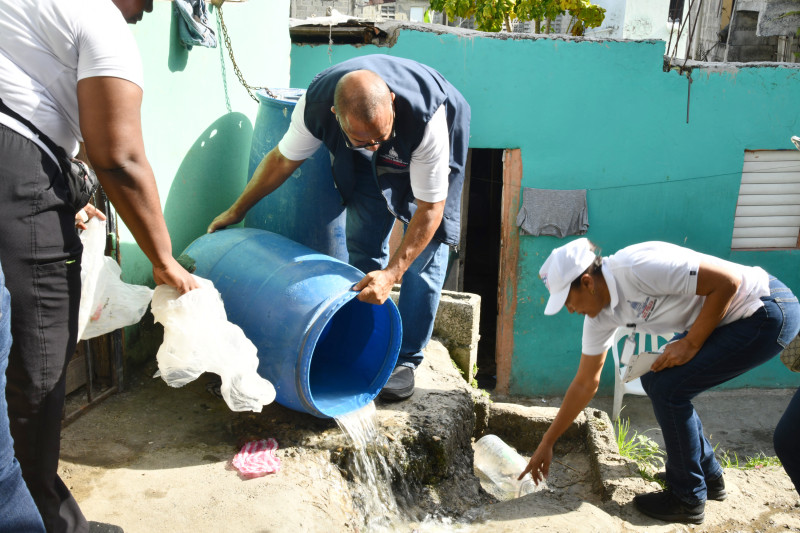Home environments should be cleaned to avoid the Oropouche virus

Santo Domingo – Eliminating weeds from yards and gardens and keeping the surroundings of homes clean are among the recommendations made to the population by the Ministry of Public Health to avoid the presence of the mosquito and the culex mosquito, the two main vectors transmitting the Oropouche virus.
The virus, which has been spreading in different countries of the Americas region, was detected this week in the country in samples analyzed at the Dr. Defillo National Laboratory, which had initially tested negative for dengue.
Public Health reminds us that both vectors are present in the country, and the virus is transmitted through their bites. The symptoms of Oropouche are similar to those of dengue, including sudden fever, headache, joint stiffness, and, in some cases, double vision and persistent vomiting.
In the presence of these symptoms, health authorities advise the population to seek medical attention.
Use of mosquito nets
They also recommend mosquito nets during daytime naps, especially for vulnerable groups such as pregnant women, infants, and people with immunocompromised conditions. They also recommend removing trash and cleaning environments, among other preventive measures similar to those for dengue.
By issuing an epidemiological alert for Oropouche this Wednesday, the Ministry of Public Health instructed the Provincial Health Directorates (DPS) to increase vector surveillance actions and continue educating the population on preventive measures, such as the use of mosquito nets and the elimination of mosquito breeding sites.
He reported that he coordinates with the National Health Service (SNS) to ensure the timely implementation of care protocols. Without treatment, clinical evaluation by professionals is crucial.
He recalled that there is no specific treatment for this disease, so he urged the population to seek immediate medical attention upon the appearance of these symptoms.
The countries in the Americas region where the Pan American Health Organization (PAHO) has identified cases are Brazil, Bolivia, Peru, Cuba, and Colombia.
High fever
The incubation period of Oropouche disease is 3 to 10 days and usually begins with the abrupt onset of high fever, severe headache, chills, myalgia, and joint pain, which may initially be confused with dengue, chikungunya, Zika, or malaria.
Other symptoms of Oropouche include photophobia, dizziness, retro-orbital or ocular pain, nausea and vomiting, or a rash that starts on the trunk and spreads to the extremities. In four percent of cases, this rash can cause neurological manifestations.
Oropouche was first detected in 1955 near the river of the same name in Trinidad, followed by several outbreaks in Brazil towards the end of the last century.















